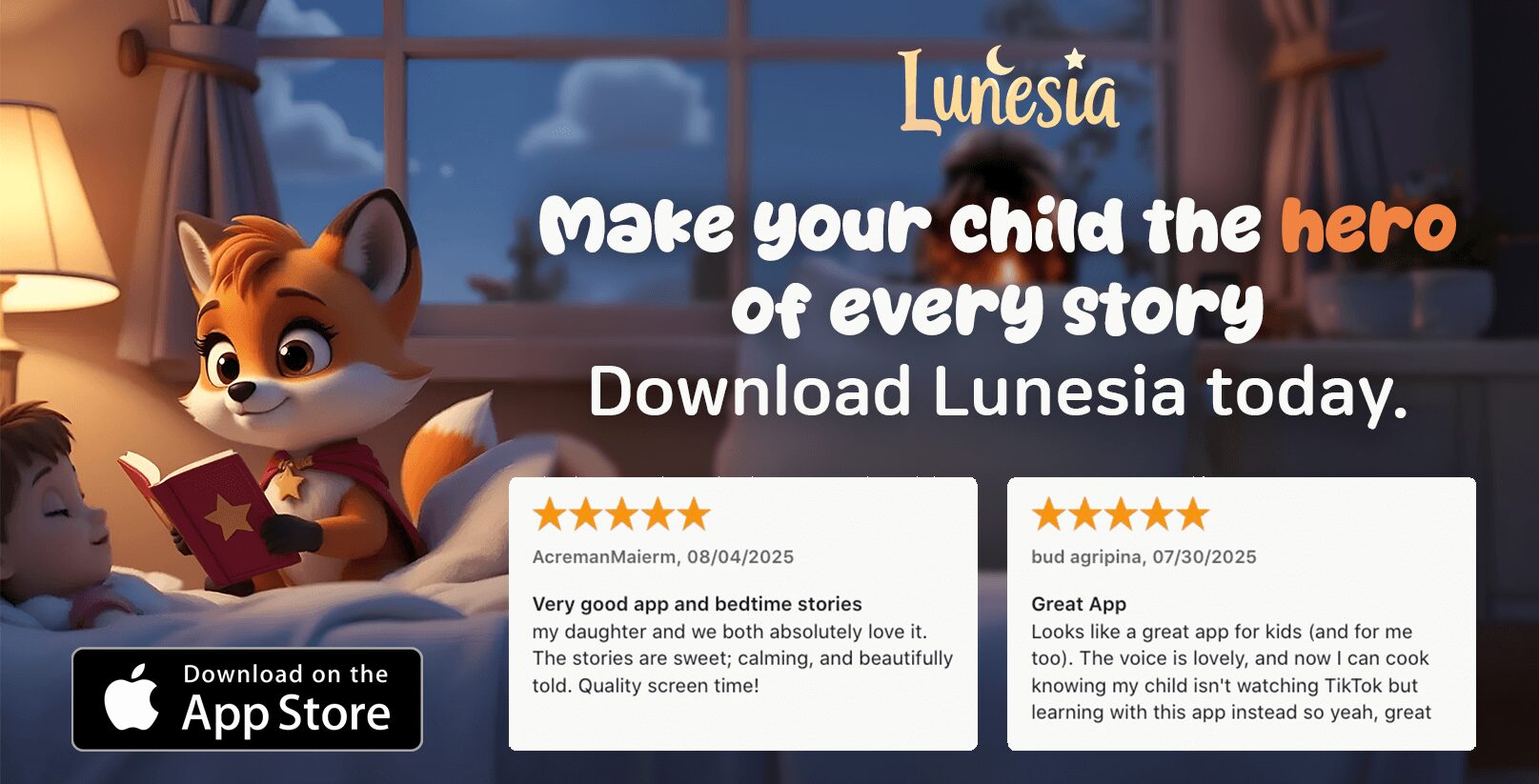What if I told you those endless “one more story” pleas could actually strengthen your child’s independence? I’ve sat on the edge of countless beds, negotiating with tiny negotiators who’d rival any corporate mediator. Sound familiar?
Those extra requests for water, stuffed animal rescues, or “just five more minutes” aren’t just about delaying lights-out. Little ones often crave control in their rapidly changing world. I learned this the hard way when my preschooler turned our nightly routine into a 90-minute marathon of creative excuses.
The impact goes beyond tired kids. Exhausted parents often feel guilty saying no, yet resentful saying yes. That’s where tools like timers become game-changers. Visual cues help children grasp transitions while maintaining their sense of agency – a win-win I wish I’d discovered sooner.
In this guide, we’ll explore practical strategies that honor your child’s need for connection while protecting your evening sanity. You’ll learn how to create routines that feel nurturing and sustainable. Because every parent deserves to end the day feeling like a hero – not a hostage negotiator.
Understanding Bedtime Stalling Tactics
You’re not imagining things – those drawn-out goodnight moments reveal critical growth milestones. Between the age of 2 and 5, children start craving control over their environment, a developmental leap that often collides with evening routines. I’ve watched this unfold firsthand when my niece began demanding “I do it myself!” for every pajama button and toothbrush squeeze.
Why Little Ones Resist Lights-Out
Toddlers aren’t trying to exhaust you – they’re practicing decision-making skills. According to pediatric sleep experts, this age group needs 10-13 hours of sleep daily, but their growing independence often overrides tiredness. Offering limited choices (“Blue pajamas or green?”) satisfies their need for autonomy while keeping routines on track.
When Nighttime Drags Into Morning
Prolonged routines create a domino effect. Parents sacrifice personal time, while overtired children struggle to focus the next day. A predictable schedule helps both sides win:
| Predictable Routine | Inconsistent Routine |
|---|---|
| 7:30 PM: Bath time | Varies by 45+ minutes |
| 7:50 PM: Story selection | Negotiations for extra books |
| 8:10 PM: Lights out | Multiple curtain calls |
Using visual timers transformed our evenings. When kids see time progressing, they’re more likely to accept transitions. One family I worked with reduced their routine from 90 minutes to 40 simply by displaying a color-coded schedule.
Identifying Common Bedtime Challenges
That third glass of water request isn’t thirst—it’s strategy. Young children master creative ways to prolong routines, turning simple tasks into elaborate productions. Through years of coaching families, I’ve catalogued the most frequent maneuvers that turn tuck-ins into marathons.

Spotting the Pattern Behind Requests
Common tactics often follow a predictable sequence:
- Sudden thirst after lights-out
- Urgent “forgotten” stuffed animal needs
- Repeated bathroom visits
These behaviors aren’t random. They’re a child’s way of testing boundaries while seeking comfort. A study of 500 families found 78% experience similar patterns weekly. The key? Recognize these as normal developmental steps rather than defiance.
| Common Tactic | Hidden Need | Effective Response |
|---|---|---|
| “I’m hungry!” after brushing | Desire for control | Offer pre-approved snack choices earlier |
| “Scary shadows” complaints | Need for reassurance | Use nightlight + quick check-ins |
| Endless questions | Craving connection | Designate 5-min chat time pre-lights |
Early recognition helps transform power struggles into teaching moments. When my neighbor’s daughter started demanding “just one more hug” six times nightly, they created a hug coupon system. Three tickets per evening – simple, visual, and empowering.
Consistency matters most. Anticipate these tactics and build responses into your routine. You’ll maintain authority while honoring their growing independence – the ultimate parenting tightrope walk.
Establishing a Soothing Bedtime Environment
The secret to smoother evenings lives in your child’s five senses. Transforming their sleep space into a cozy sanctuary helps little bodies recognize it’s time to wind down. I discovered this when my daughter’s restlessness vanished after we made three simple changes to her room.
Creating a Calm Atmosphere
Soft lighting works like magic. Swap overhead bulbs for dimmable lamps or string lights – I use ones with warm white bulbs that cast gentle shadows. Pair this with a routine that includes 10 minutes of quiet play before stories. These cues tell their brain: “Safety. Rest. Sleep.”
Setting the Mood with Lighting and Sound
A red-orange nightlight preserves melatonin better than blue tones. Try pairing it with a gentle timer that fades out lullabies over 15 minutes. One mom I coached saw dramatic changes using a sunset projector – her toddler now points at the swirling colors and whispers “night stars time.”
Consistency matters most. Whether you’re establishing a routine for a 3-year-old or adapting strategies for older kids through resources like age-specific guides, predictable sensory signals build trust. Your child’s bed becomes their launchpad for sweet dreams – and your ticket to reclaimed evenings.
Effective Bedtime Routine for Toddlers
The magic number for peaceful evenings? Three simple steps. After testing dozens of approaches with families, I’ve found that short, predictable routines work best for little ones craving both structure and autonomy. Let’s transform those drawn-out goodnights into calm transitions that leave everyone feeling heard.

Streamline Your Evening Flow
Aim for 20 minutes total – enough for connection, not so long it becomes a negotiation marathon. Start with a visual timer showing each phase:
- 5 minutes: PJs & teeth
- 8 minutes: Favorite activity
- 7 minutes: Stories & cuddles
Build Joy Into the Process
Let your child pick one special element nightly. Maybe choosing between two books or selecting a stuffed animal for story time. One mom I coached uses “song tickets” – her toddler exchanges three tickets for lullabies, creating built-in limits.
| Step | Parent Hack |
|---|---|
| Book Selection | “Pick 2 – one for you, one for me!” |
| Transition Object | Let them hold a flashlight or bookmark |
| Final Countdown | “Three more pages, then lights out” |
Close the Book Gracefully
When story time threatens to spiral, try the “bookend” method. Announce: “We’ll read until the timer turns red.” Pair this with a physical cue – closing the book together or placing it on a shelf. You’ll maintain authority while honoring their love of stories.
Consistency is key. Stick to your plan for 7-10 days, and you’ll see resistance melt into cooperation. Those bedtime routine battles? They’ll become tomorrow’s sweetest memories.
bedtime stalling tactics: Practical Strategies
The sixth glass of water request at night isn’t about hydration—it’s a tiny human’s masterclass in negotiation. I’ve learned that blending structure with flexibility turns power struggles into cooperative moments. The key lies in tools that speak their language: colors, choices, and clear expectations.
Time Management That Works for Tiny Hands
Visual timers bridge the gap between abstract concepts and concrete understanding. Try a sand timer for toothbrushing or a color-changing clock for storytime. One family I coached uses a traffic light system:
| Timer Type | Child Response | Parent Benefit |
|---|---|---|
| Sand (3-minute) | “I beat the sparkles!” | No arguments about duration |
| Digital Countdown | “Numbers turning red mean stop” | Consistent transitions |
| Color Wheel | “Purple time is pajama time!” | Reduces verbal reminders |
I’ve seen families cut transition meltdowns by half using these visual anchors. Pair timers with a laminated schedule showing bedtime steps—kids love checking off tasks with dry-erase markers.
The Power of Strategic Options
Offering two predefined choices satisfies their need for control while keeping routines moving. Instead of “Put on pajamas,” try: “Should we race like dinosaurs or snails to your PJs?”
For story lovers, set a “one book or two songs” rule. A dad in my parenting group created “choice cards” his daughter picks from each night—simple drawings of bath toys, books, and stuffed animals. This method reduced their routine by 25 minutes!
Consistency transforms these effective approaches into habits. When kids know what to expect—and what’s expected—they’ll trade stalling for participation. Your evenings become peaceful, not battlefields.
Communication and Limit Setting
Your voice holds surprising power when balancing warmth with clear boundaries. I learned this through nightly negotiations with my nephew, who once demanded 14 consecutive renditions of “Twinkle Twinkle.” The key? Acknowledge their feelings while holding firm to expectations.
The Empathy-Boundary Technique
Start with validation, then state the rule. Try: “I see you’re having so much fun! Our two reading minutes are up now.” One mom shared how this worked when her son begged for “just one more chapter” – she’d respond: “You love adventures! We’ll continue tomorrow’s journey after breakfast.”
Scripted phrases prevent negotiations. A teacher friend uses: “I hear you, and my answer stays the same.” This approach respects their mind while reinforcing structure. Keep responses simple – complexity fuels debates.
Consistent Responses to Stalling
Repetition builds trust. If they request water after lights out, calmly repeat: “You had a drink earlier. I’ll check your cup in the morning.” Track patterns with this quick guide:
| Request | Empathetic Response |
|---|---|
| “I need another hug!” | “I love hugging you! We’ll have three big squeezes at breakfast.” |
| “My stuffed animal is lonely” | “Bear is ready to sleep too. Let’s tuck them in together.” |
Parents often worry about seeming harsh, but consistency prevents battle fatigue. One dad told me: “Repeating ‘Bookshelf is closed’ nightly finally worked by day six.” Your steady presence teaches kids that boundaries mean safety – not rejection.
Remember: You’re not managing things – you’re nurturing resilience. With patience, those repeated requests become opportunities to model calm leadership.
Additional Tips for a Peaceful Night
Sunlight hours shape moonlight moments more than you might guess. I discovered this truth when my friend’s 4-year-old stopped resisting sleep after they revamped their day schedule. Small daytime tweaks can create ripple effects that transform nighttime battles into calm transitions.
Leveraging Daytime Choices and Routines
Structure breeds security. Start mornings with predictable patterns – same wake-up time, breakfast options, and activity blocks. “Should we walk to the park before or after lunch?” gives toddlers control within your framework. This practice reduces their need to test limits after dark.
Try this comparison from my coaching notes:
| Structured Day | Unstructured Day | Bedtime Impact |
|---|---|---|
| Fixed snack times | Random grazing | 33% fewer hunger claims |
| Scheduled play | Free-form activities | Faster wind-down |
| Choice windows | Parent-directed tasks | Less resistance |
Build a 20-minute course of calming pre-sleep activities. Track moods with a sticker chart – green for calm, yellow for restless. One family uses “moon phases” drawings to track their child’s readiness nightly. Simple visuals help kids understand expectations without words.
Remember: Quality daytime engagement fuels nighttime cooperation. Those extra minutes reading together or racing toy cars? They’re deposits in your connection bank that pay dividends when stars appear.
Conclusion
Those final “goodnight kisses” mark more than day’s end—they’re stepping stones toward your child’s growing independence. By blending structure with empathy, you’re building a sleep foundation that lasts years beyond tonight’s requests.
Remember: Visual timers and choice-making transform resistance into cooperation. That 20-minute reading window? It becomes sacred connection time when paired with clear expectations. One mom shared how using digital story apps helped her preschooler accept “book closing” cues—proof that creativity strengthens routines.
Progress might feel slow, but consistency works magic. Celebrate small wins—maybe fewer curtain calls this night or smoother transitions. Your steady presence teaches little ones that sleep means safety, not separation.
Keep it simple. A predictable hour with planned stories and three big squeezes creates security for both baby and parent. You’ve got this—one calm night at a time.
FAQ
How do I stop my child from asking for "just one more book"?
Set clear expectations upfront—try saying, “We’ll read two books tonight!” Use a timer or visual chart to show when reading time ends. Celebrate when they stick to the plan with praise like, “Great job listening to our book limit!”
What if my toddler keeps getting out of bed after lights out?
Calmly walk them back without engaging in conversation. Use a consistent phrase like, “It’s time to rest your body.” For repeat offenders, try a “bedtime pass”—one free trip to hug you, then lights out.
Can a bedtime routine really make a difference?
Absolutely! A predictable 20-30 minute routine signals it’s time to wind down. Include their favorite calming activities—maybe a warm bath followed by quiet songs. Consistency helps little minds transition to sleep mode.
How do I handle requests for water or snacks after brushing teeth?
Offer limited choices earlier in the routine: “Would you like water now or after pajamas?” If they ask later, gently remind them, “We already took care of that—let’s check in the morning!”
Should I let my child pick their own pajamas every night?
Yes! Offering controlled choices (“Stripes or dinosaurs?”) gives them ownership while keeping things on track. Just set boundaries—lay out two options to avoid wardrobe debates.
What if my child says they’re scared of the dark?
Validate their feelings first: “Dark rooms can feel tricky.” Then problem-solve together—try a dim nightlight or “monster spray” (water in a spray bottle). Practice bravery during daytime play to build confidence.
How long should the whole bedtime process take?
Aim for 30-45 minutes max, including bath, books, and snuggles. Use a visual schedule with pictures so they see what’s next. If things drag, gently say, “We need to move to the next step so we have time for stories!”




